loki100
Posts: 10920
Joined: 10/20/2012
From: Utlima Thule
Status: offline

|
quote:
ORIGINAL: bomccarthy
quote:
ORIGINAL: loki100
As a plane management issue, the Spitfire V you start with have a decent range and are ok with other stats but you have virtually no spares (especially for the Vb). So now upgrading to the VIII and IX, the VII has better range. Some I'm converting to FB and sending off to train on Typhoons.
This is important for new players to keep track of - historically, the Spitfire V ceased production by the end of 1942. Because more Spitfire Vs were produced than any other model, the RAF continued using them in combat roles through 1945. However, you need to carefully keep track of units equipped with them. In 1943 even the original Spitfire IX was being replaced on the production line by the specialized versions - the low altitude LF IX and the high altitude HF IX. Because its critical altitude is only 18,000 ft, I send the LF IX to the Med and 2nd TAF, while trying to keep the IX, HF IX, and VIII in Fighter Command for use in AS directives over the Ruhr (with the altitude set at 28,000 ft).
Something else to watch in the RAF are the Dutch and Norwegian squadrons - they have very few pilot replacements, so you may have to disband one or two squadrons as time goes on.
Finally, I am constantly juggling the composition of naval patrol and torpedo bomber units because they have very thin plane pools and low production rates. There are also a plethora of types - don't overlook the Venturas and Catalinas, which have great range.
agree, especially about constantly having to fuss over the usage of the naval planes. Quick warning, as with the recon planes, some are actually produced in larger numbers than the production chart shows. Look in the turn log and you'll see reports of the AI refitting some of the generic type to more specialist usages when needed.
With the RAF, I tend to only convert the British and Canadian FB-F formations to FB. Inevitably as ground attack aircraft they take heavier losses and you can run out of the smaller national pools if you are not careful.
quote:
ORIGINAL: coolts
Can i ask why you fly BC at 19,000ft and 8th AF at 24,000ft? Apart from the low flak band ending at 21,000ft, and some planes (Wellingtons for instance) having limited ceilings, i'm struggling to come up with a logical plan for bombing altitude. High level recon is aimed at 35,000ft but i cant see any AAR's with anyone flying that high.
quote:
ORIGINAL: bomccarthy
quote:
ORIGINAL: coolts
Can i ask why you fly BC at 19,000ft and 8th AF at 24,000ft? Apart from the low flak band ending at 21,000ft, and some planes (Wellingtons for instance) having limited ceilings, i'm struggling to come up with a logical plan for bombing altitude. High level recon is aimed at 35,000ft but i cant see any AAR's with anyone flying that high.
Speaking for myself, I tend to follow historical mission parameters as they evolved by early 1945. Altitude is a balancing act between flak vulnerability and bombing accuracy. In general, accuracy increases as altitude decreases but so does vulnerability to flak. In the documentary Fog of War, Robert McNamara recalled performing analysis (as one of Wedermeyer's "Whiz Kids") that demonstrated lowering the bombing altitude from 25,000+ ft to 20,000 ft or less had a direct impact on the level of damage inflicted on a strategic target, such that fewer return sorties were required to put the target out of action. They concluded that the increased casualties on the first mission at 20,000 ft were more than offset by the casualties not suffered in subsequent missions to the target.
From an airplane standpoint, USAAF heavy bombers were optimized for flight between 25,000 ft and 32,000 ft. Their turbosuperchargers maintained their max engine horsepower from sea level to 28,000 ft, where the thinner air gave them their fastest airspeed. RAF heavy bombers, on the other hand, only had single-stage superchargers mechanically driven off the crankshaft, which meant that their engine horsepower began dropping rapidly above 18,000 ft. On the other hand, flak was usually a little less accurate at night, so the lower altitude did not mean significantly higher flak casualties.
In the Pacific, the 21st Bomber Command essentially doubled down on RAF Bomber Command's tactics - their B-29s bombed from 8,000 to 12,000 feet at night. Note also that the 8th AF flew their carpet bombing missions against German ground units (such as COBRA in Normandy) from an altitude of 8,000 ft to 11,000 ft.
USAAF medium bombers (B-25, B-26, A-26) didn't have turbosuperchargers, so they generally flew missions at 18,000 feet or less.
As in the main response there are a lot of trade offs. In effect the strategic airwar is an exercise in linear programming with lots of constraints and trade offs. Its no accident that a lot of the post-war evolution of statistics and operations research came from the analysis carried out to support the air war.
In addition to the safety/accuracy trade off there are others, some less clearly documented. Going high causes extra fatigue (basically you are freezing your crews to death) so the relative safety above flak/fighters is traded off against more accidents (and of course less effective results).
I do some high altitude raids. The British mosquito bombers, set to daylight, are good if you want to go beyond Berlin - they can fly high enough to escape much damage but equally its not going to be a devastating raid.
_____________________________
|
 Printable Version
Printable Version

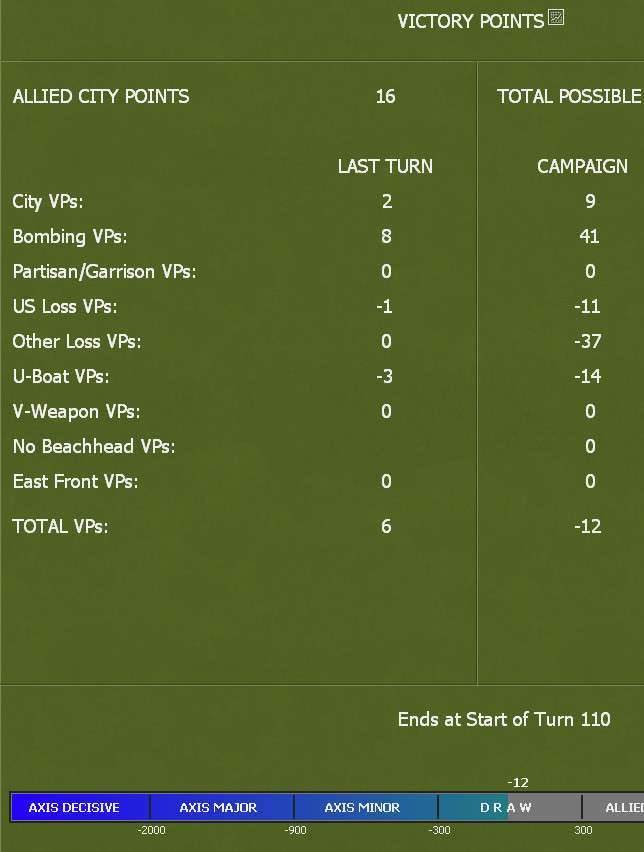
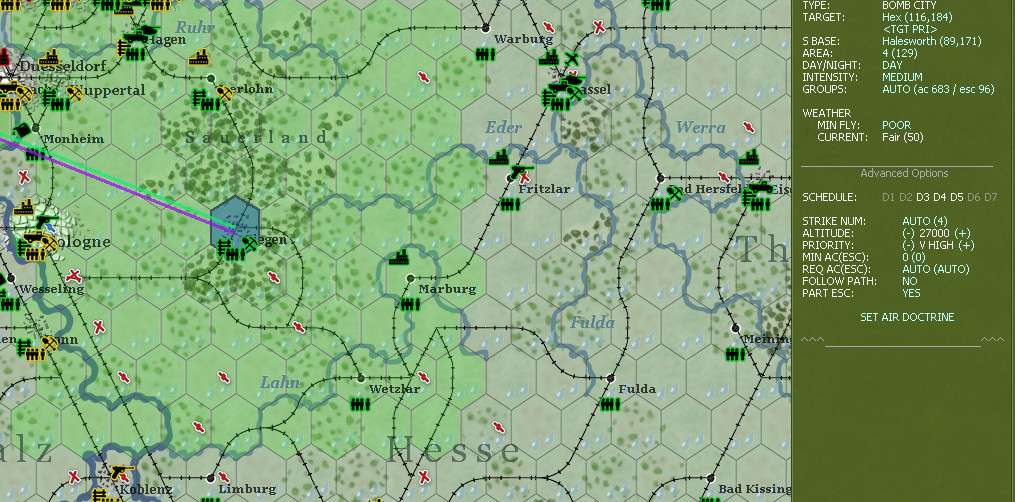
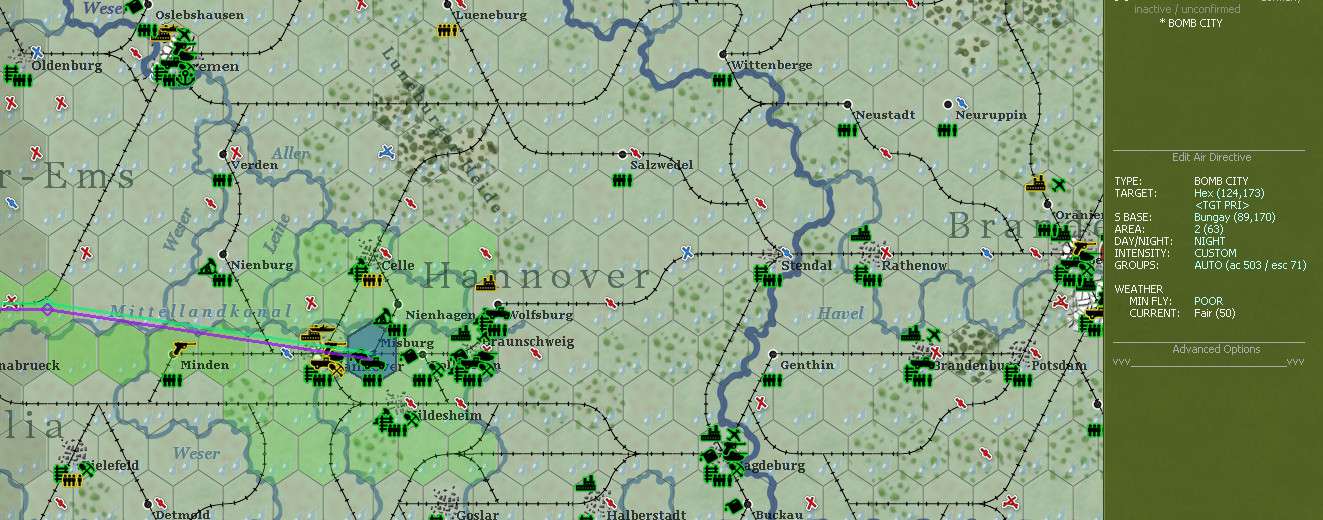




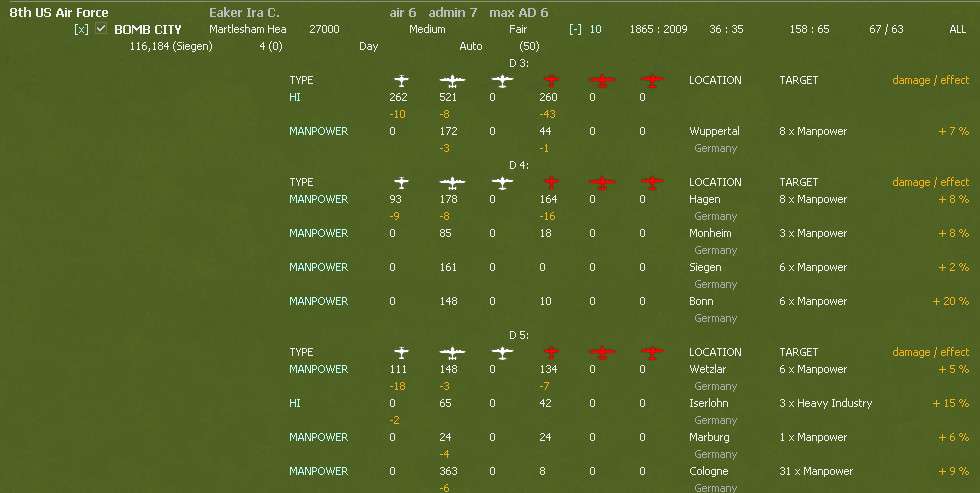










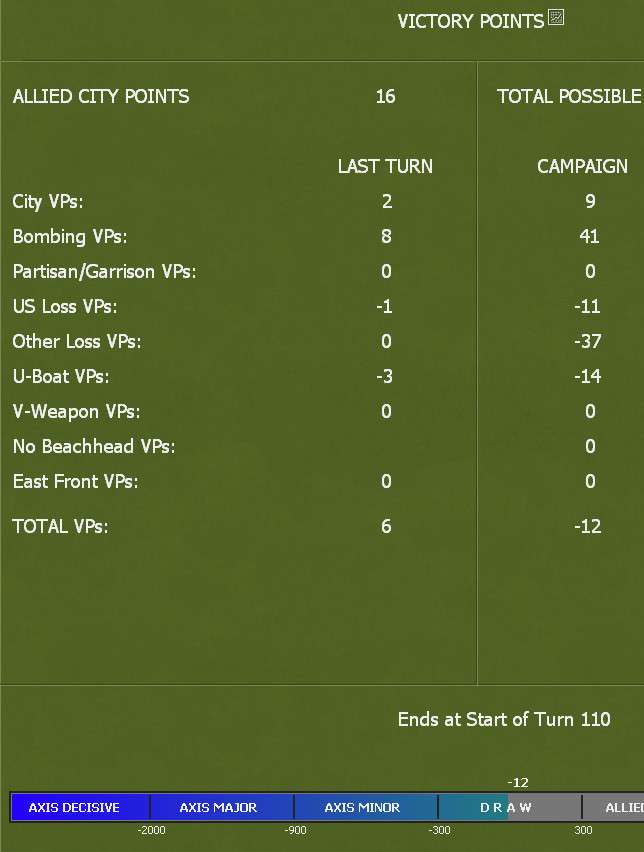
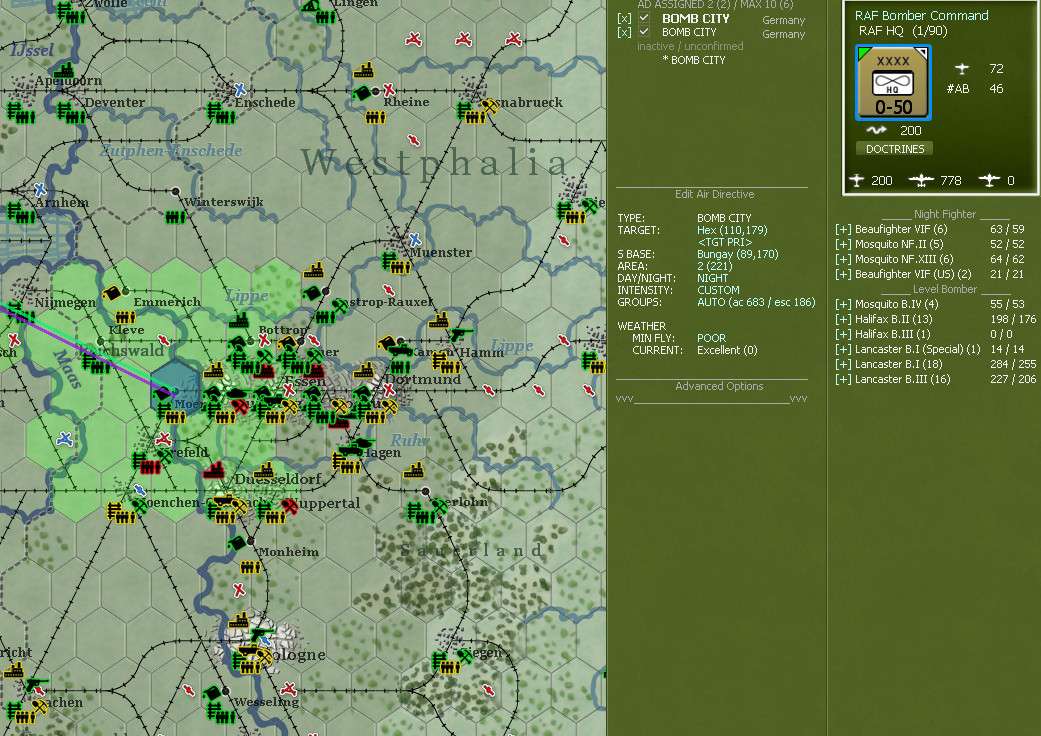
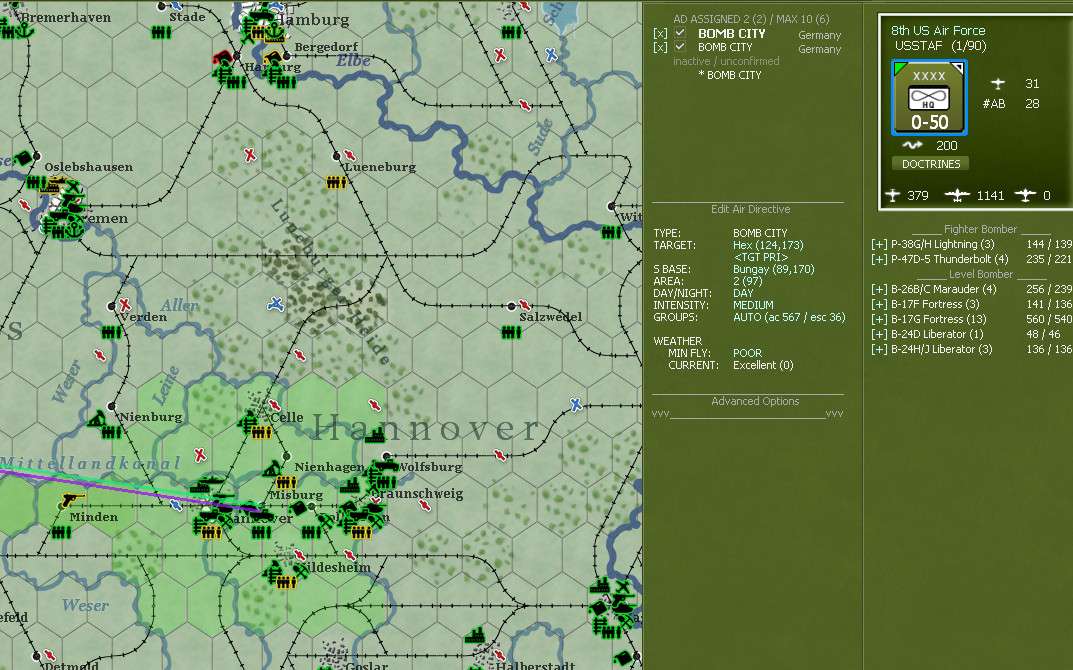
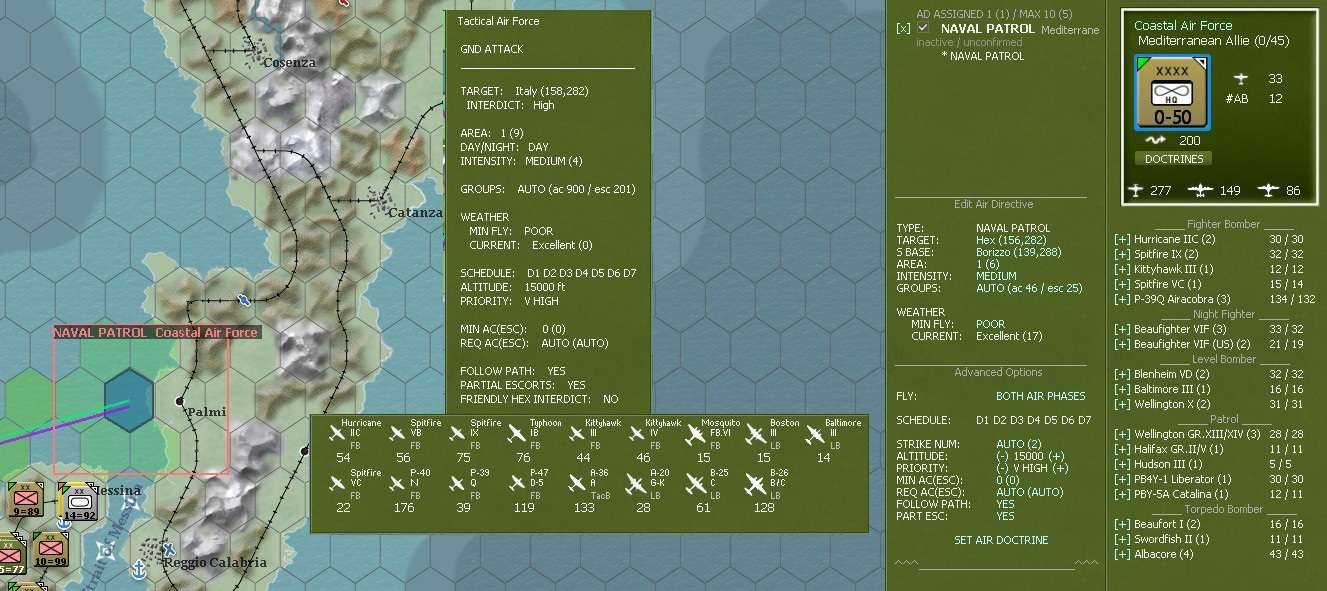

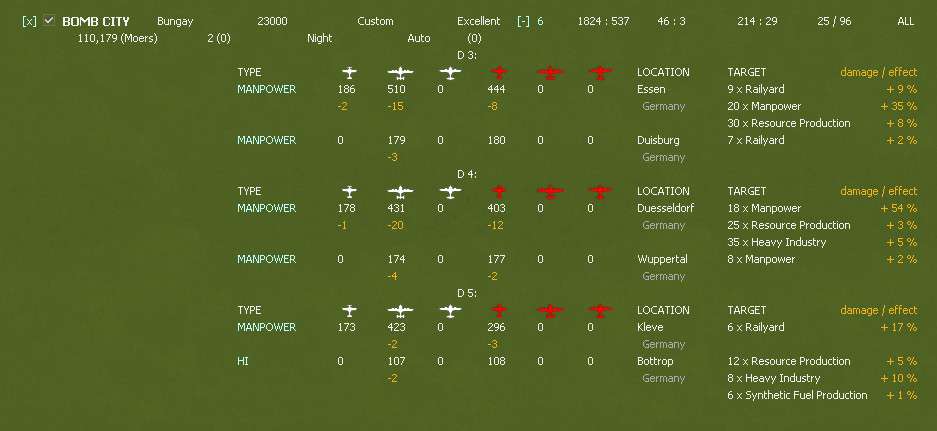
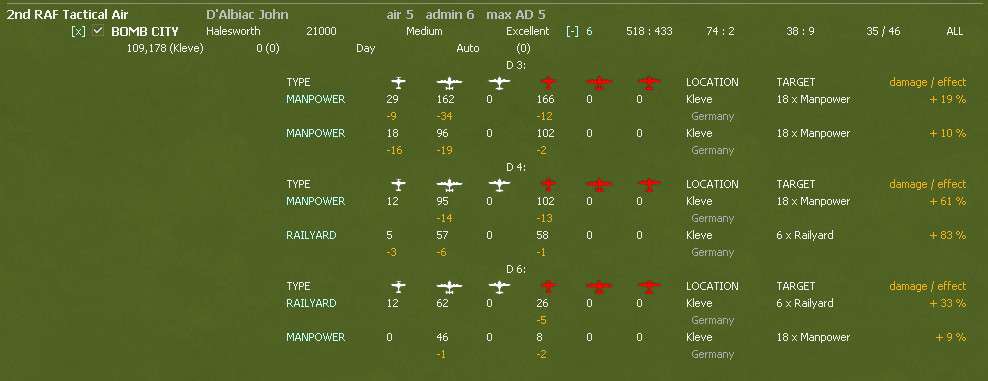

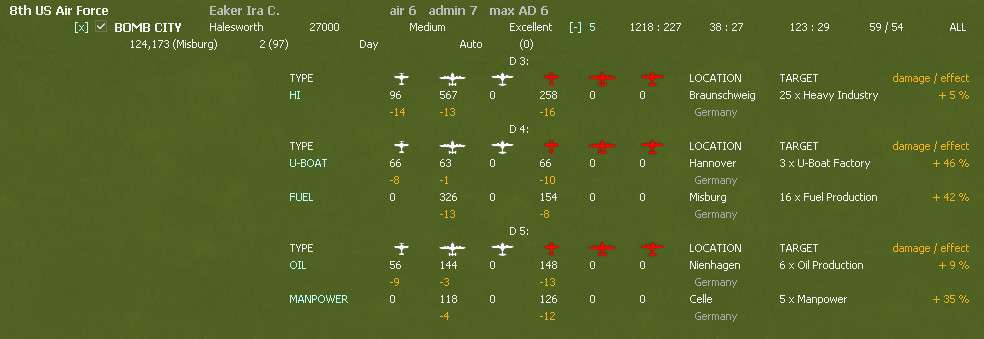
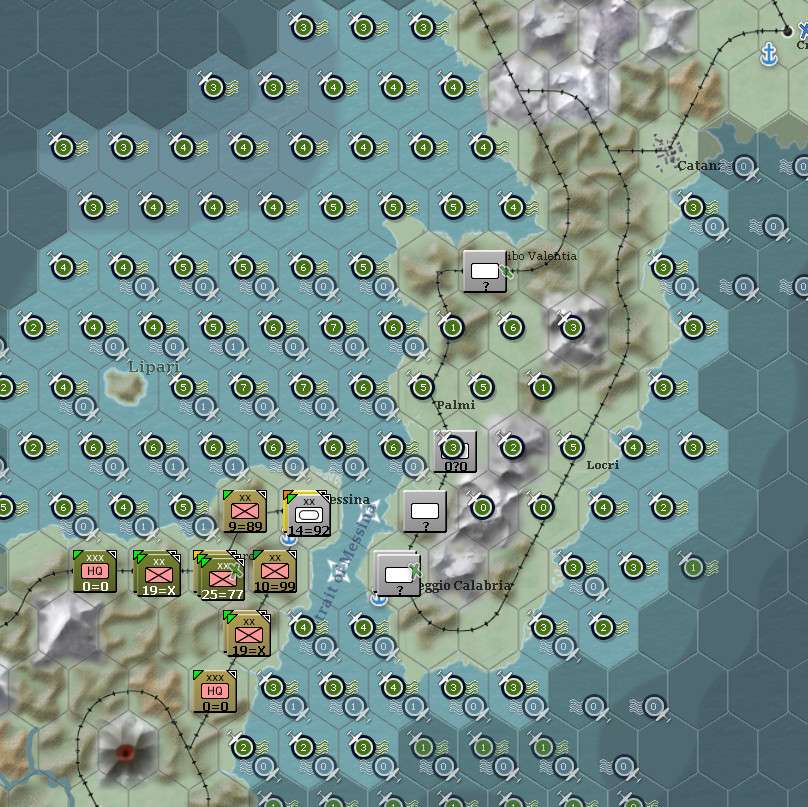
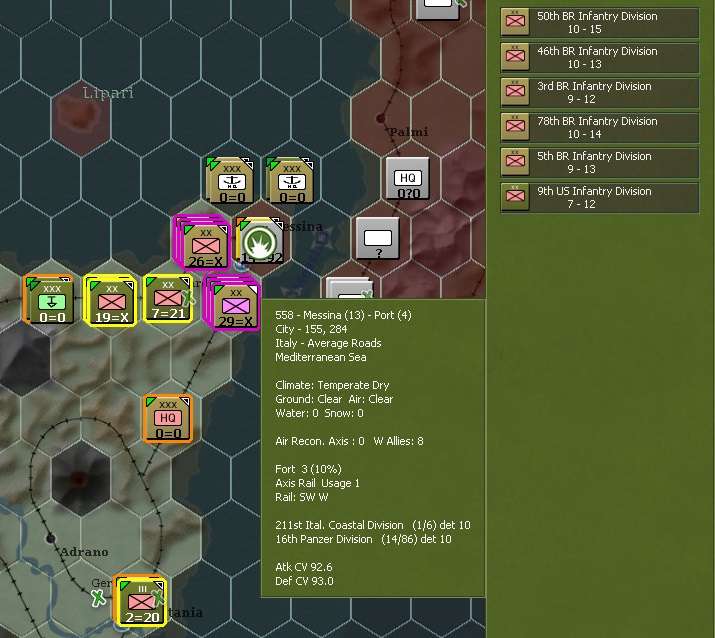
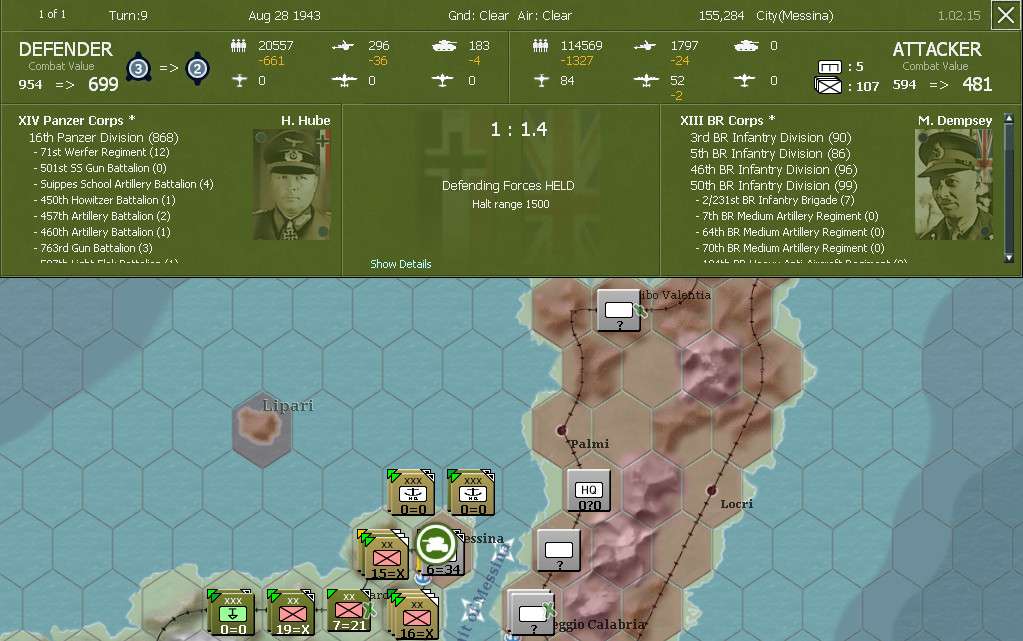


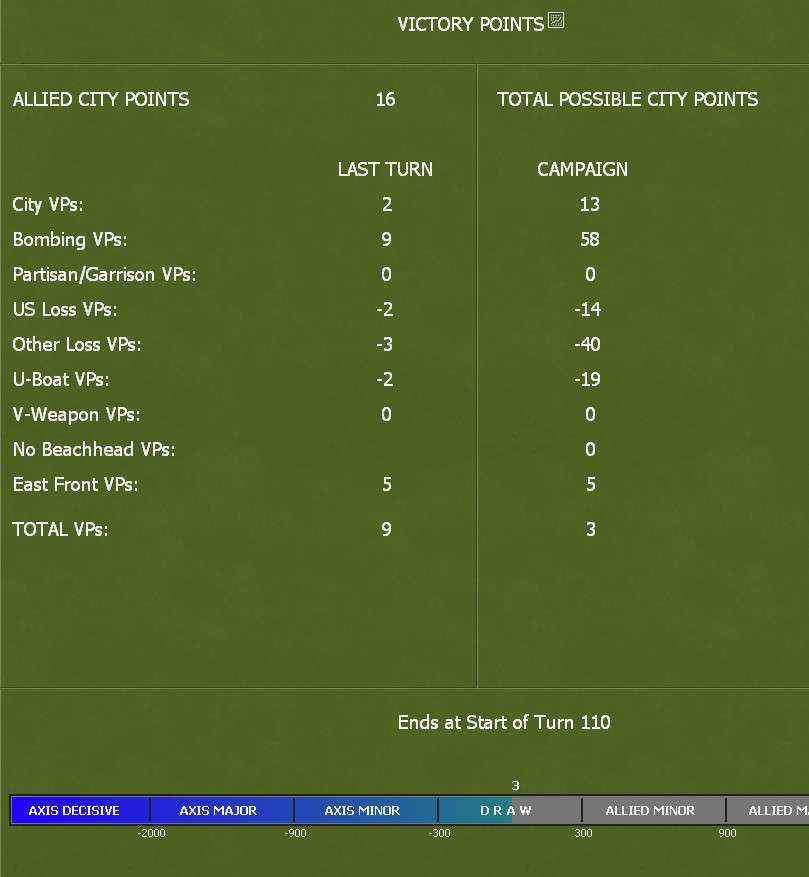

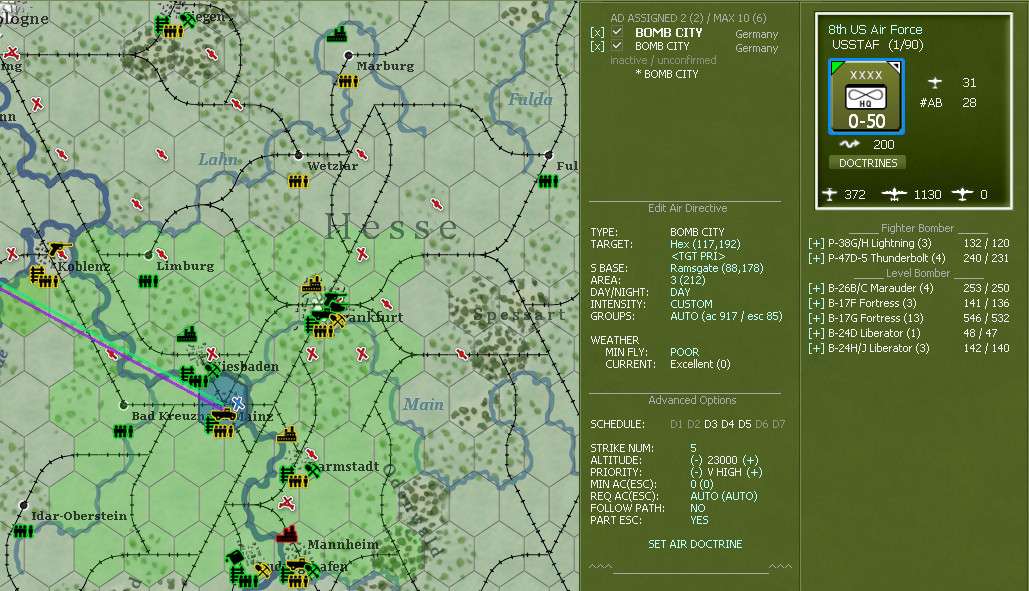

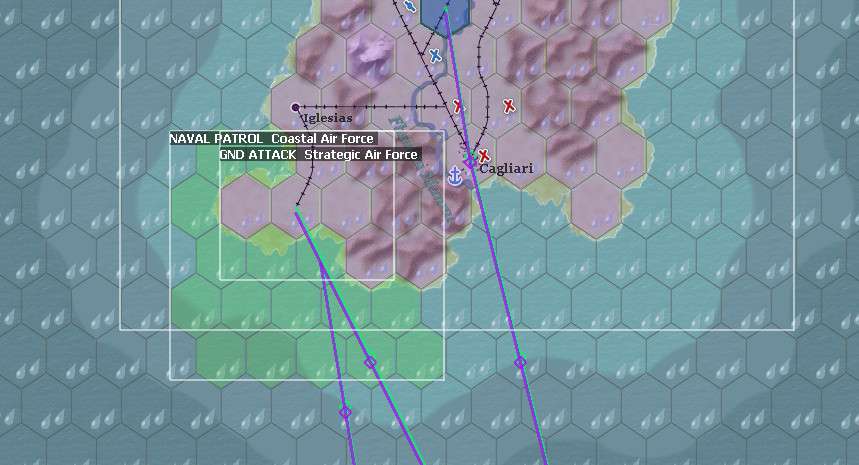
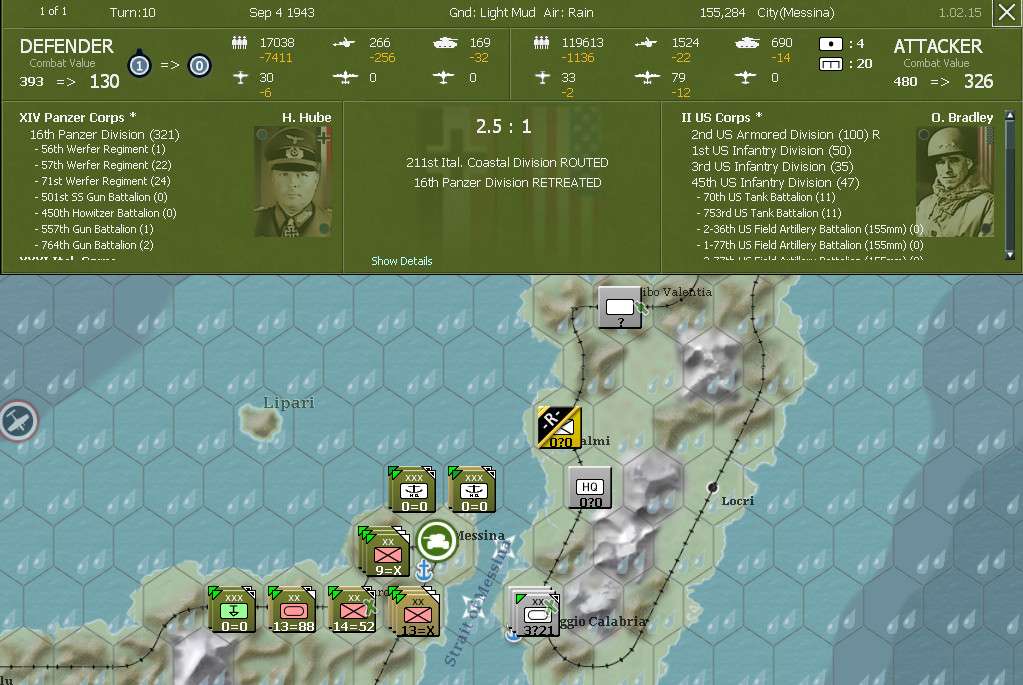
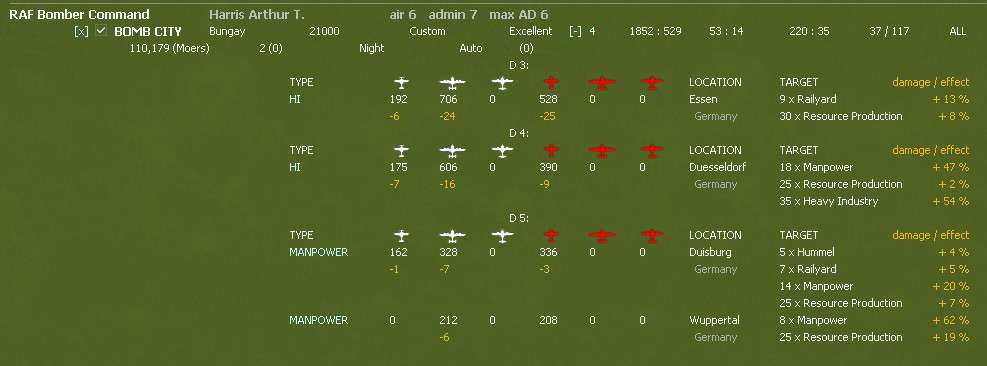

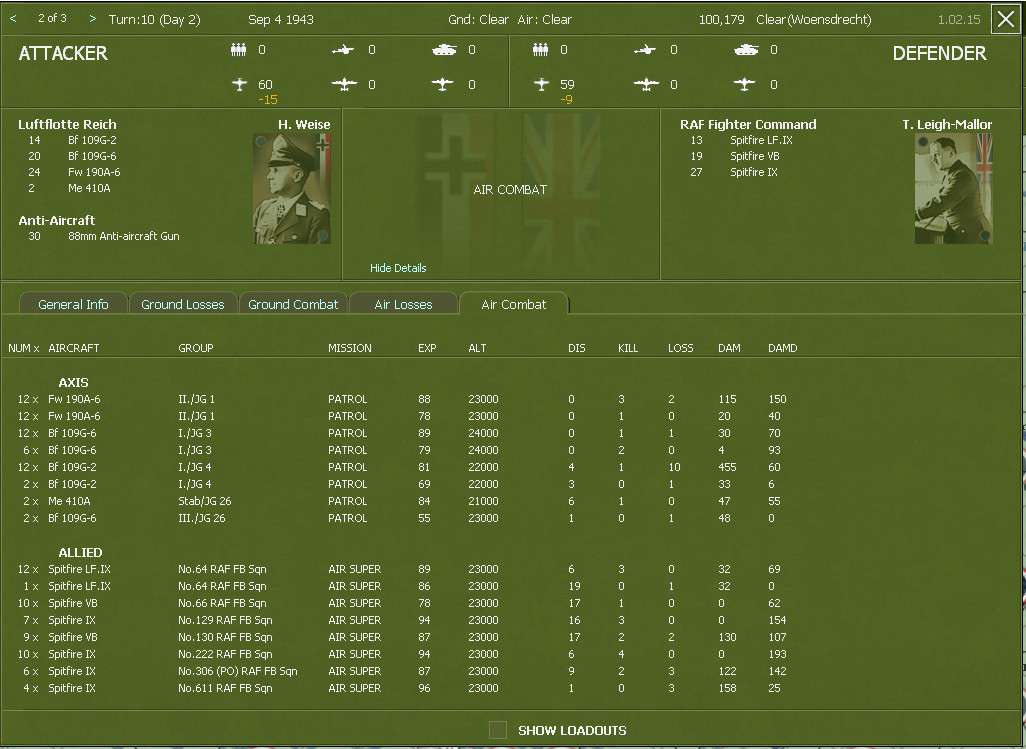

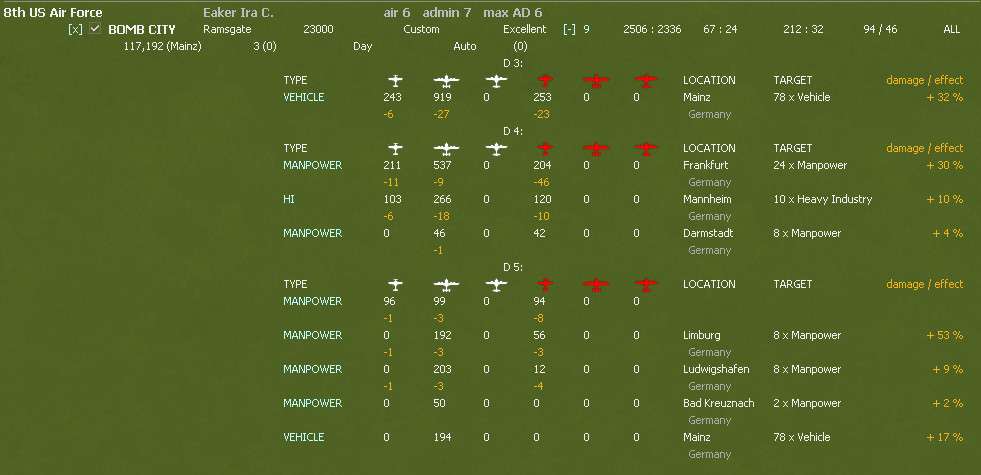


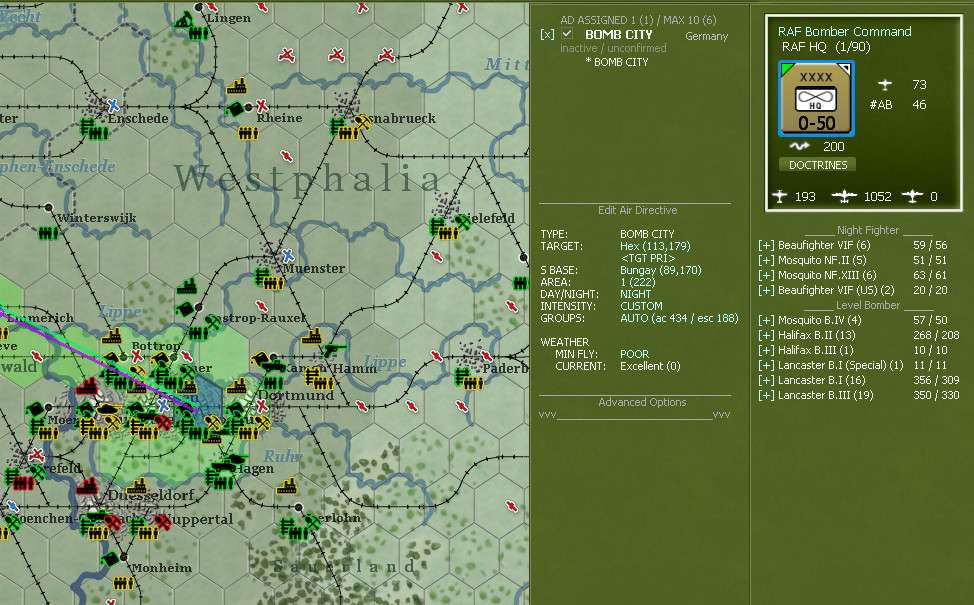
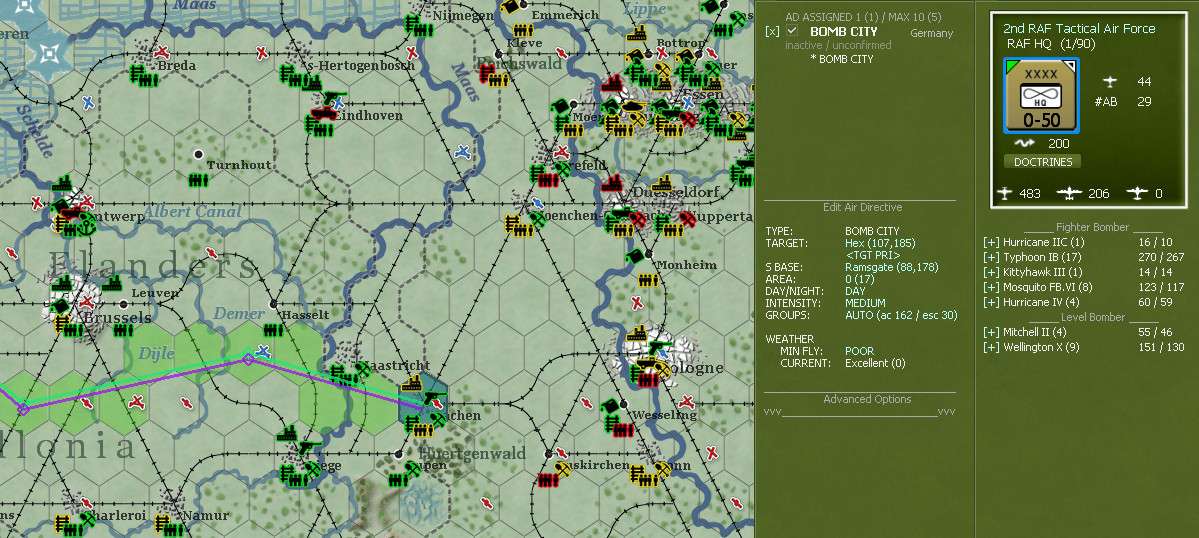
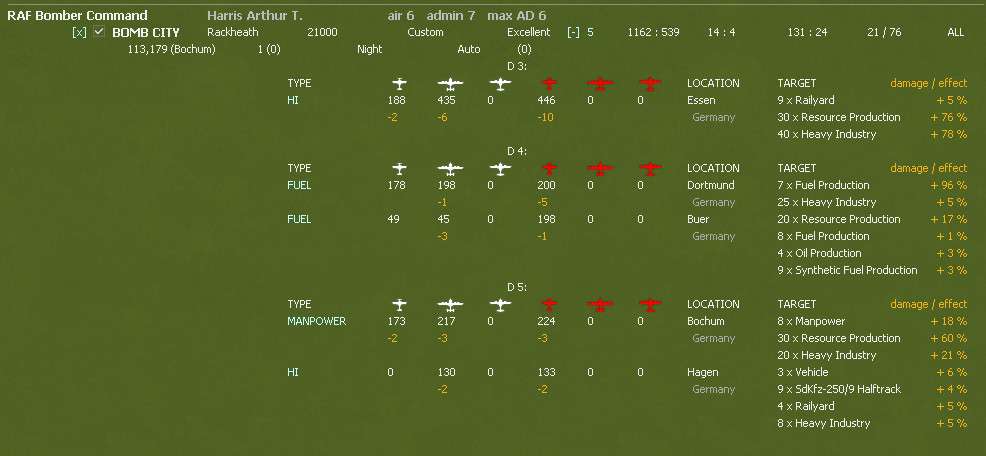


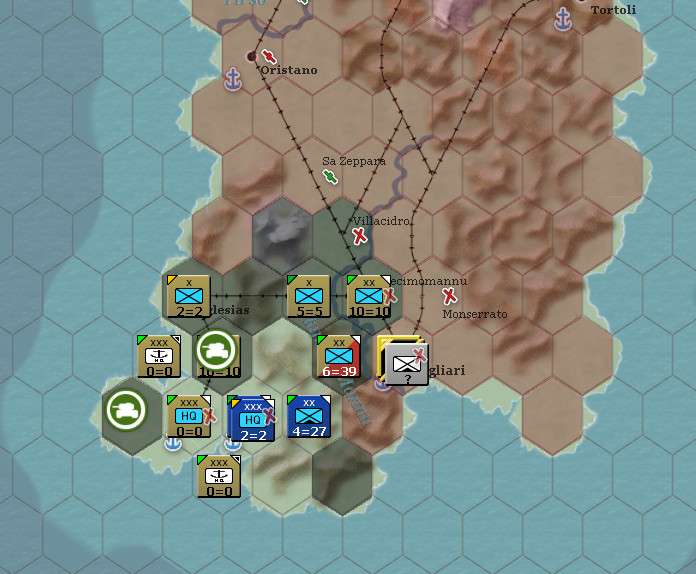
 . Actually its more use in Italy, especially if you do one hex/one division landings in an attemtp to disrupt the Germans
. Actually its more use in Italy, especially if you do one hex/one division landings in an attemtp to disrupt the Germans 

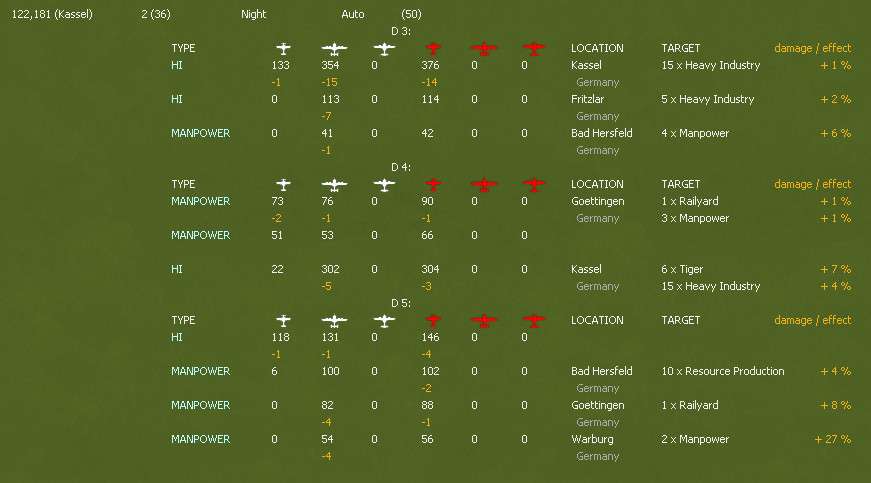

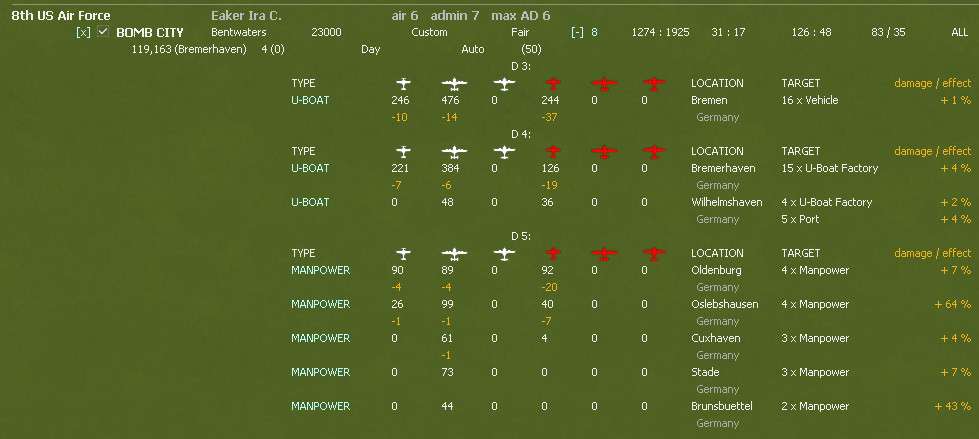
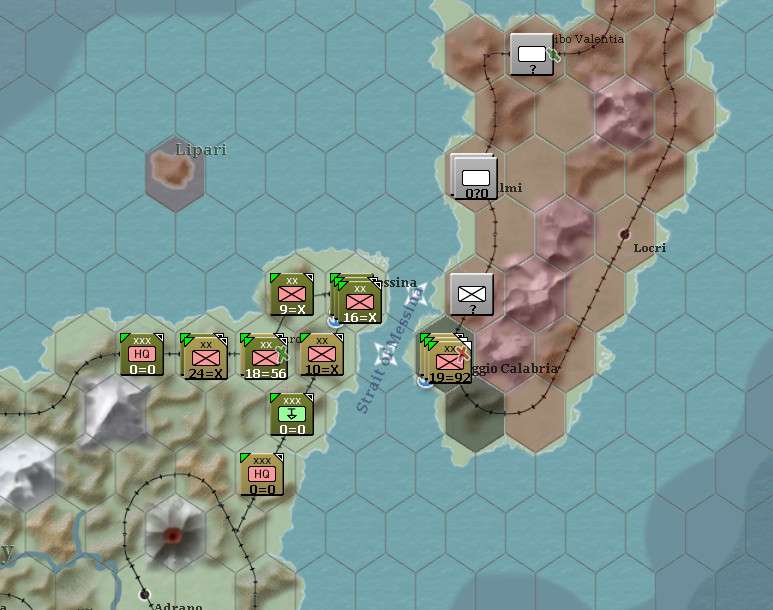

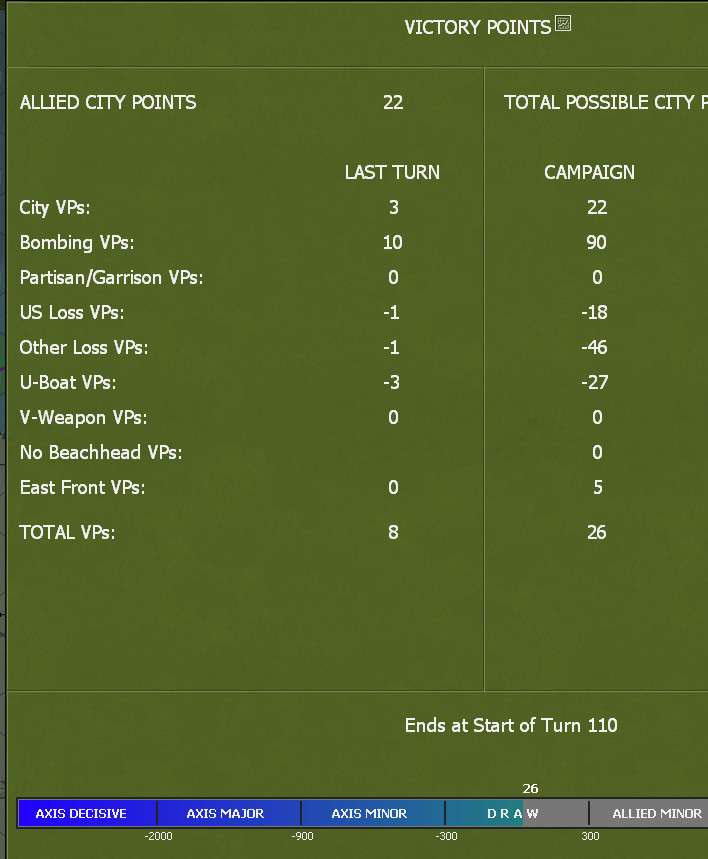
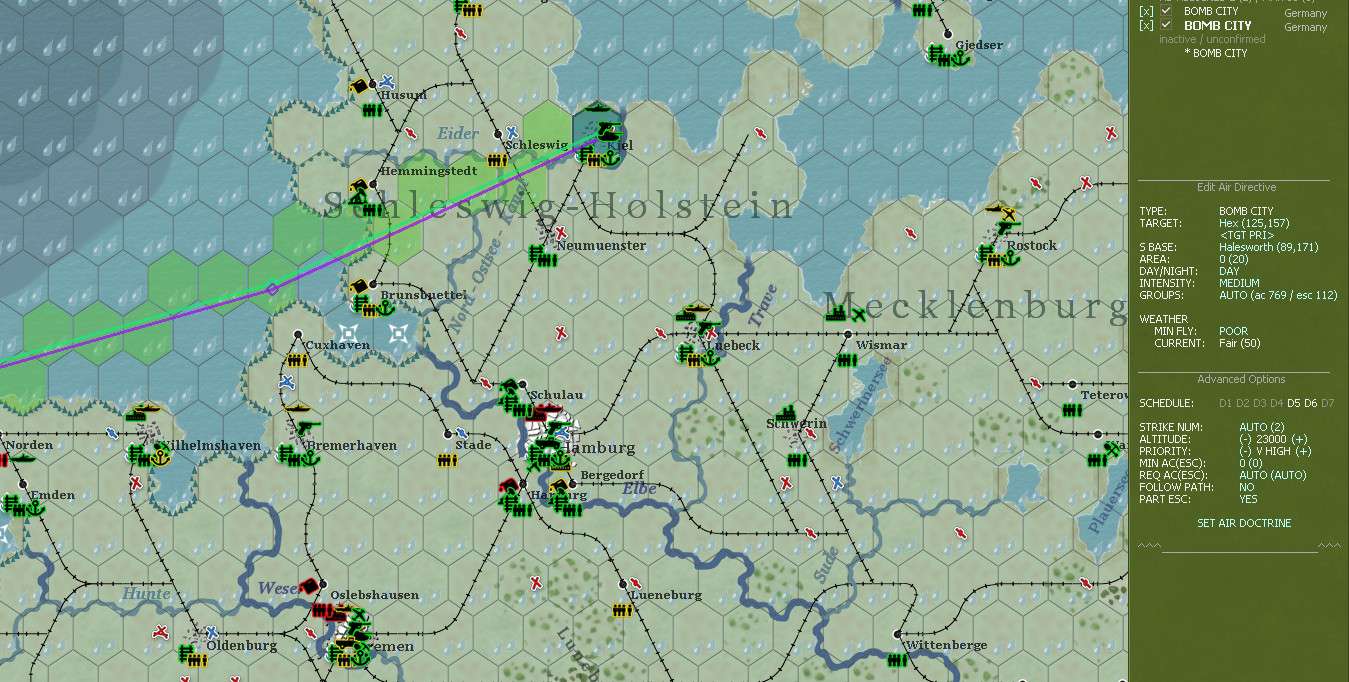
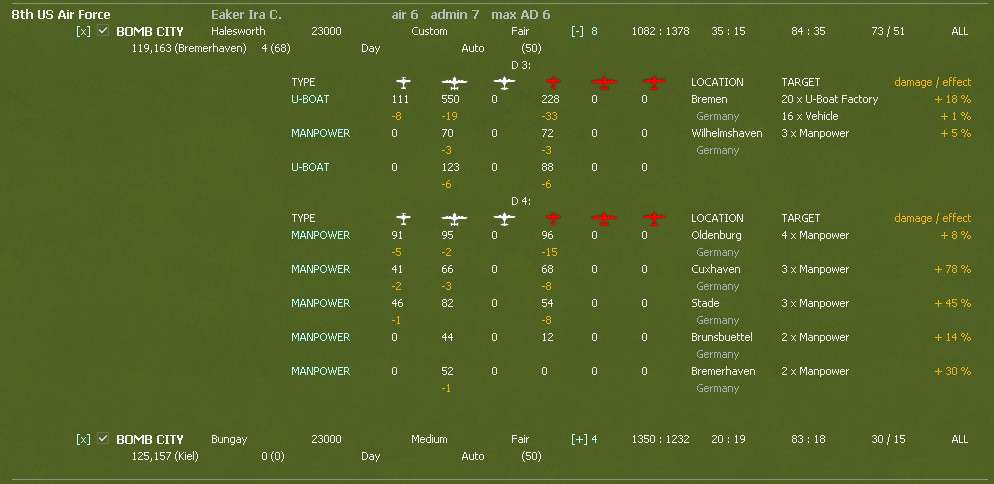

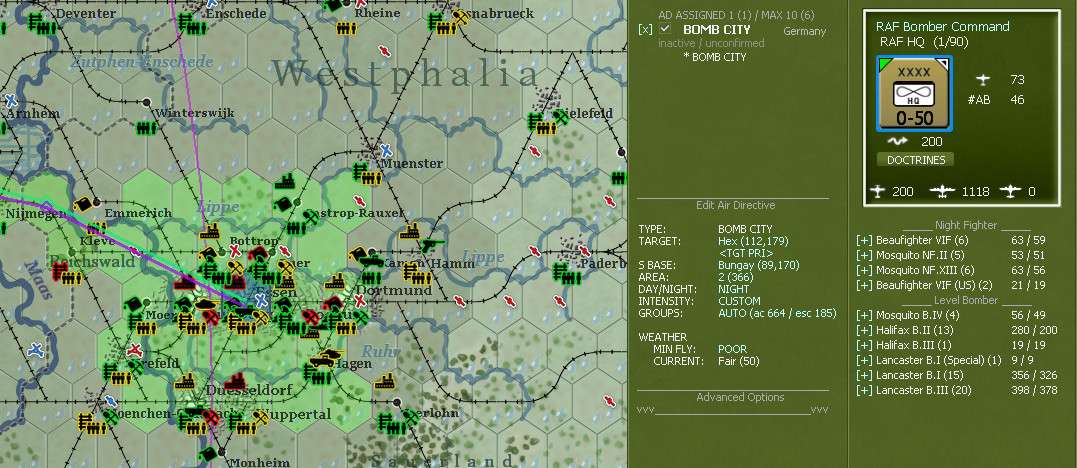
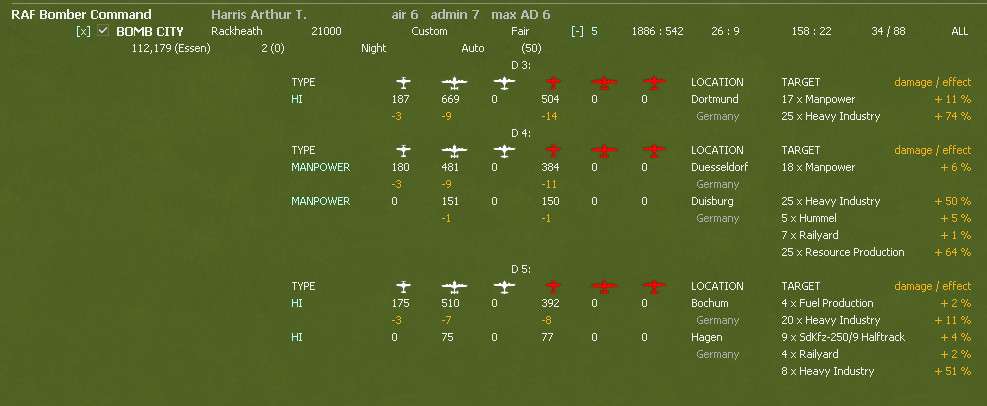
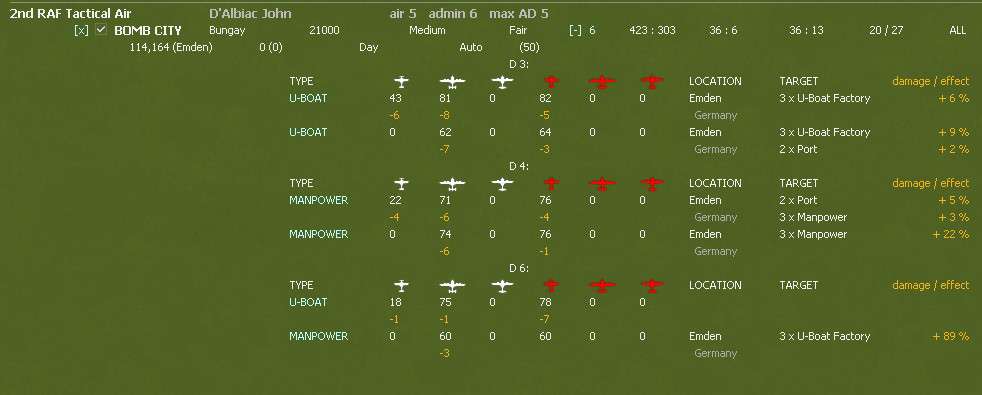
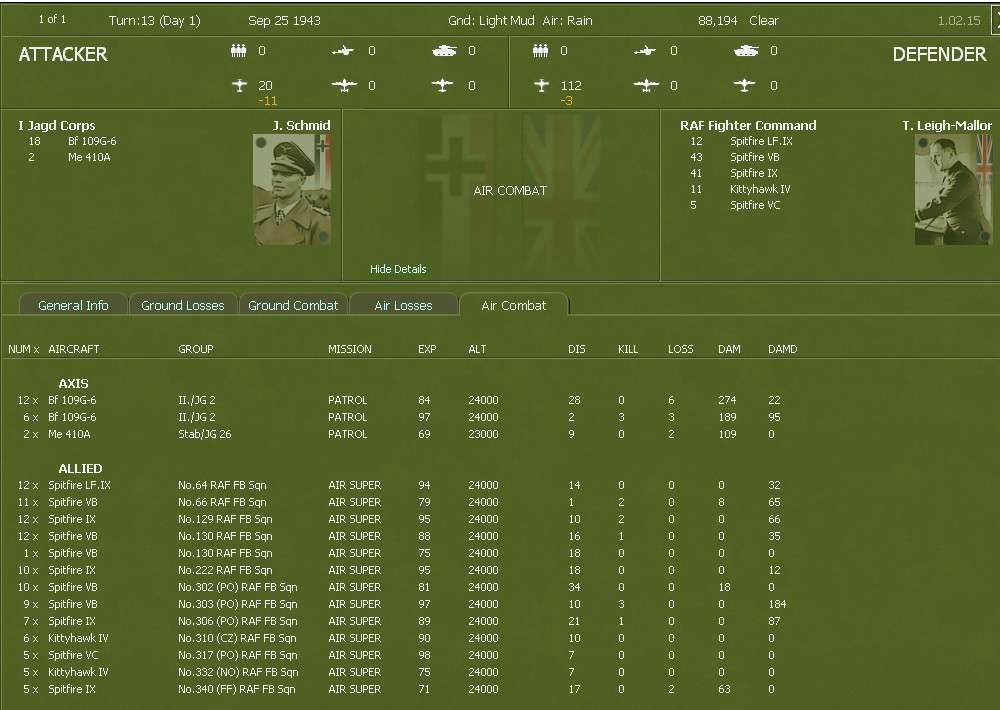
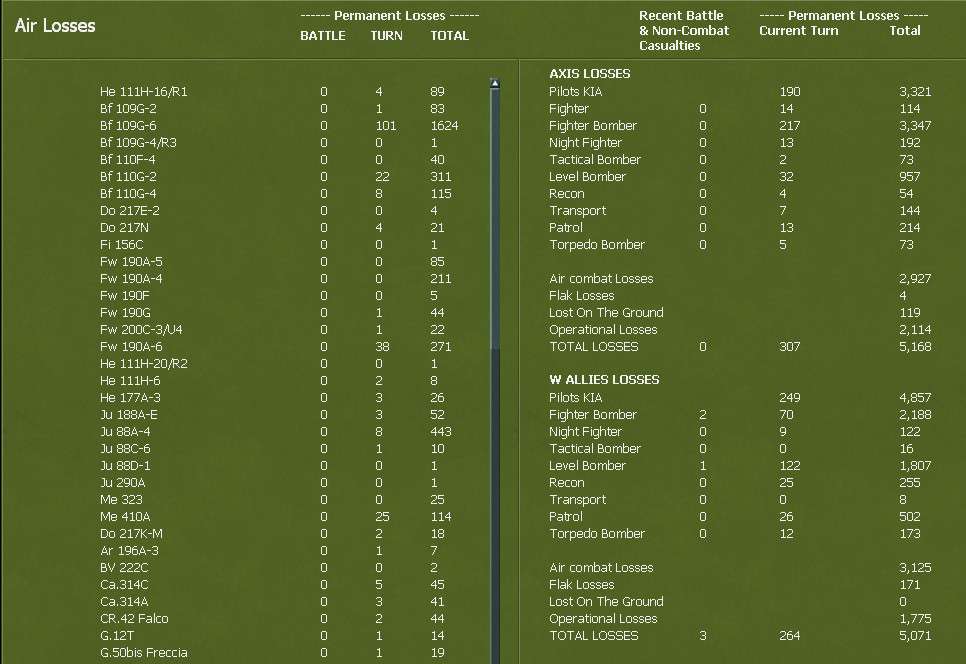
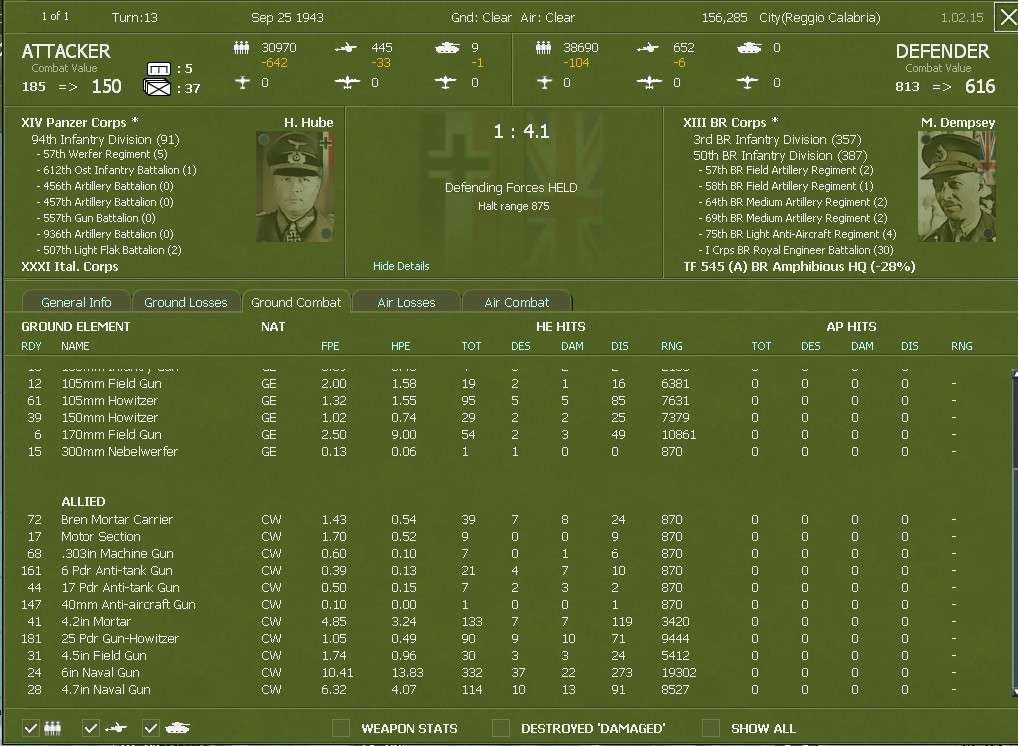
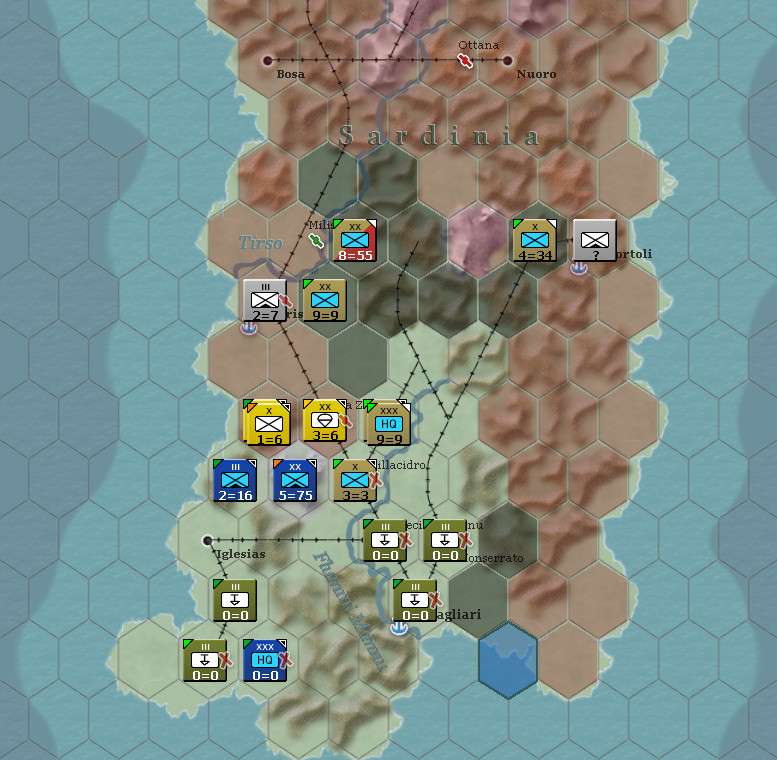
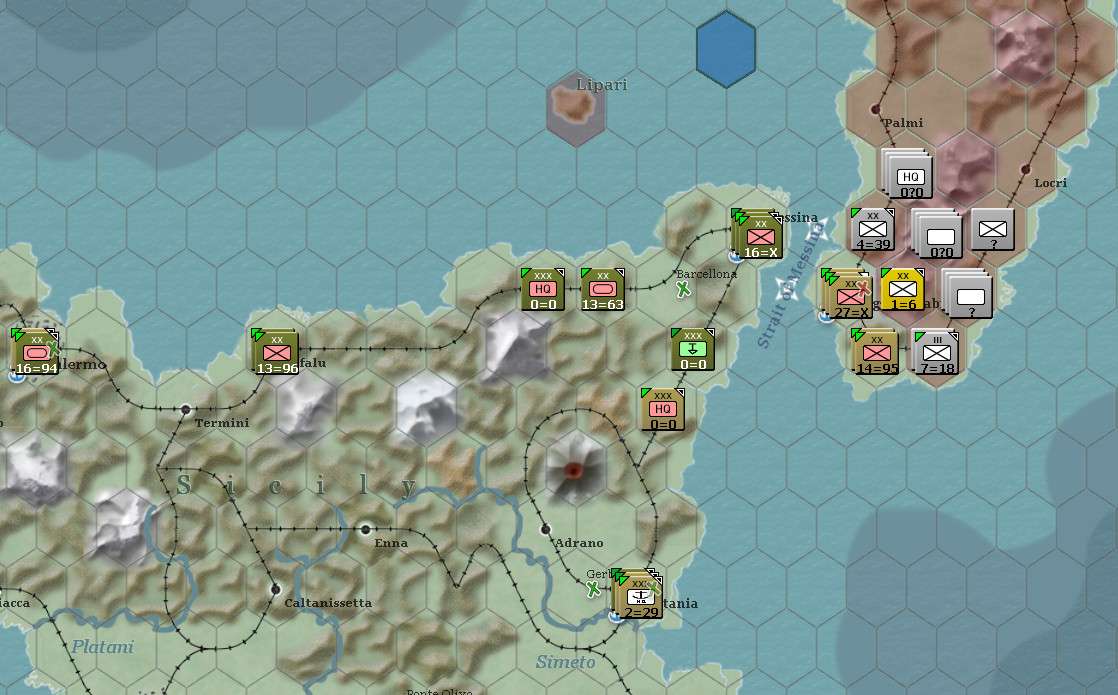
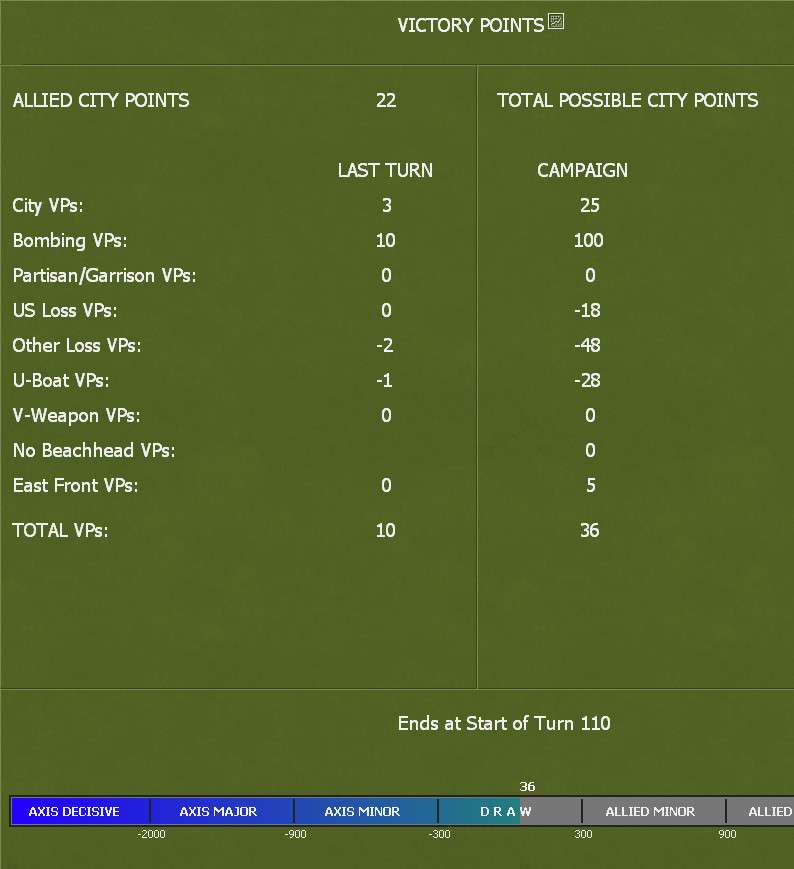
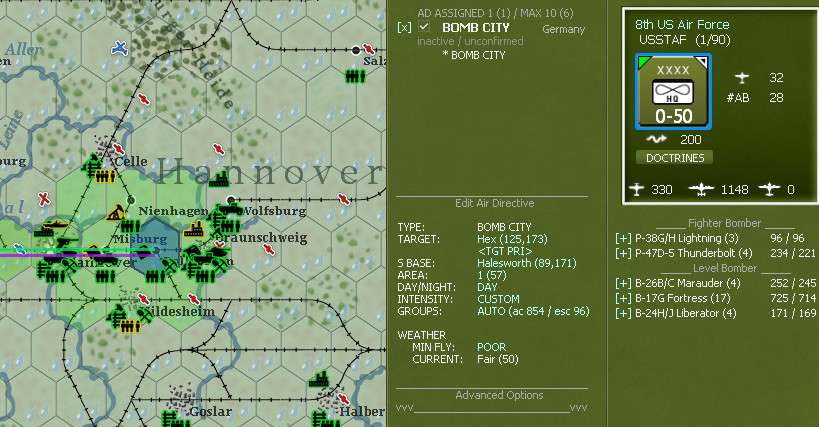
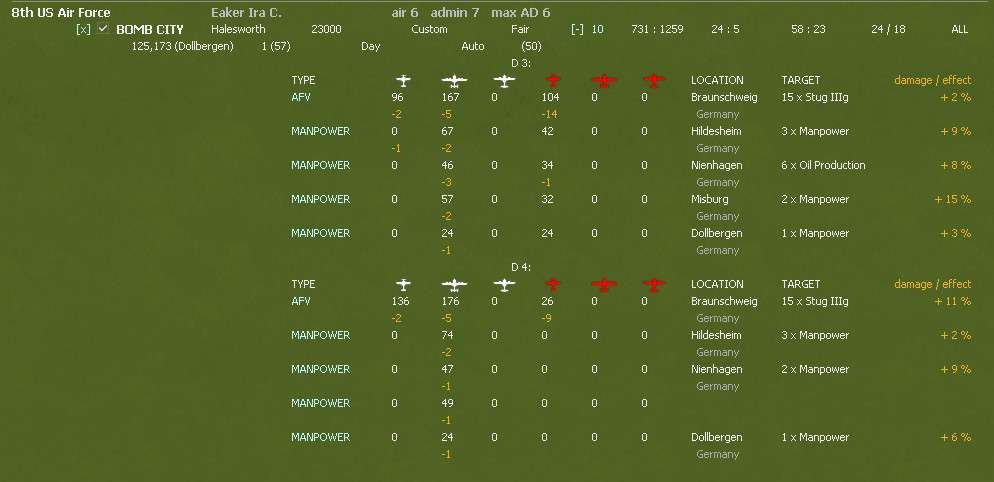
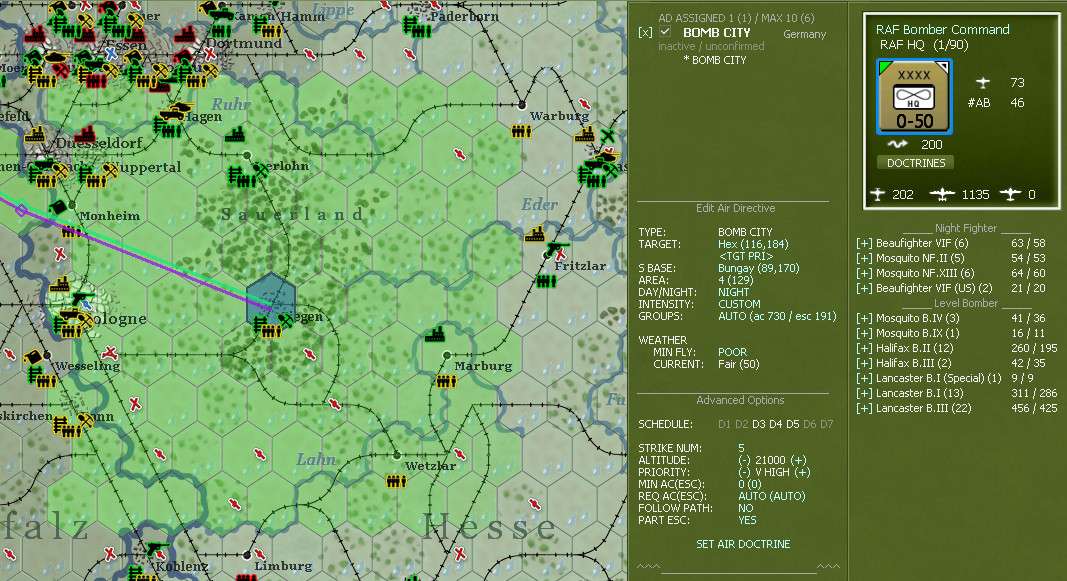


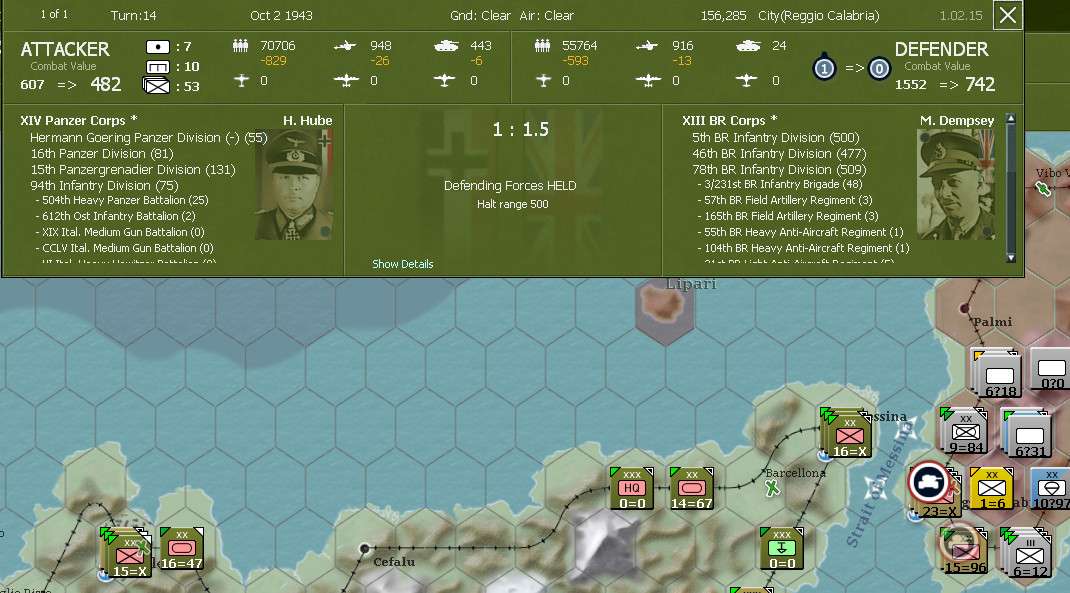
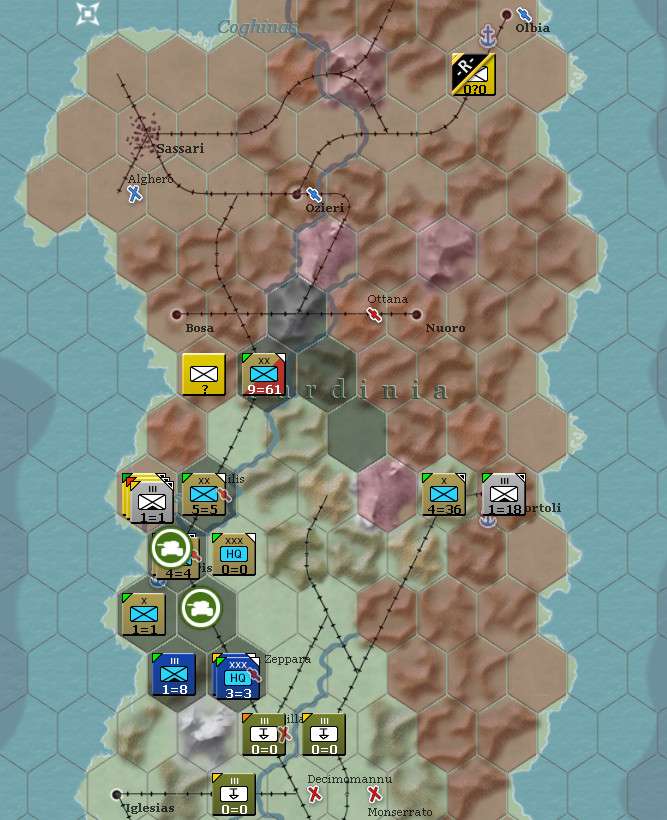
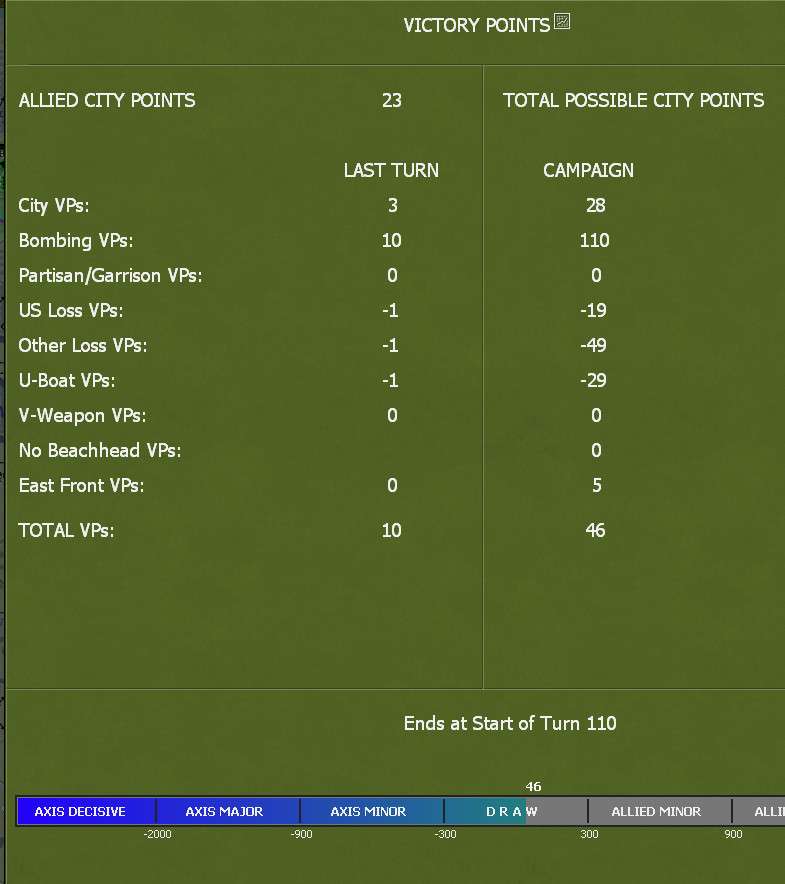

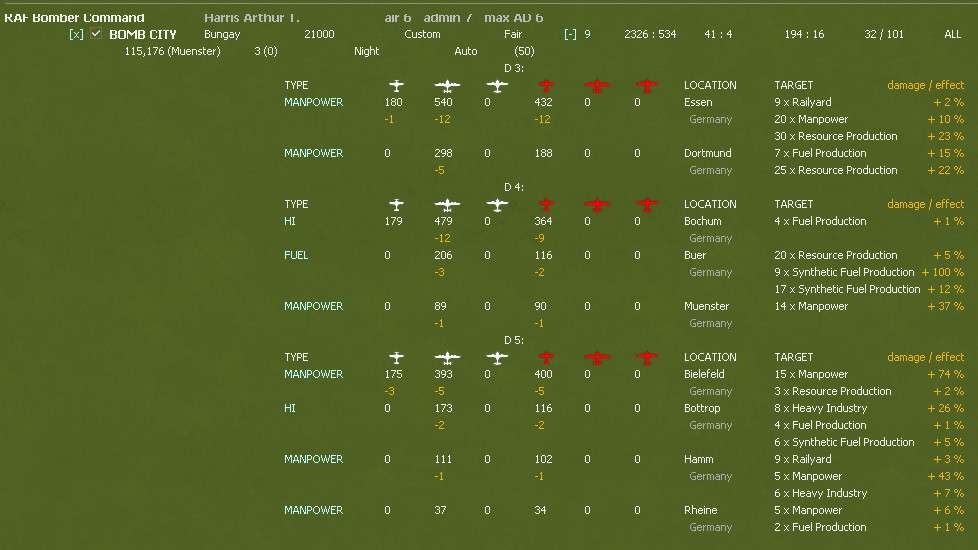

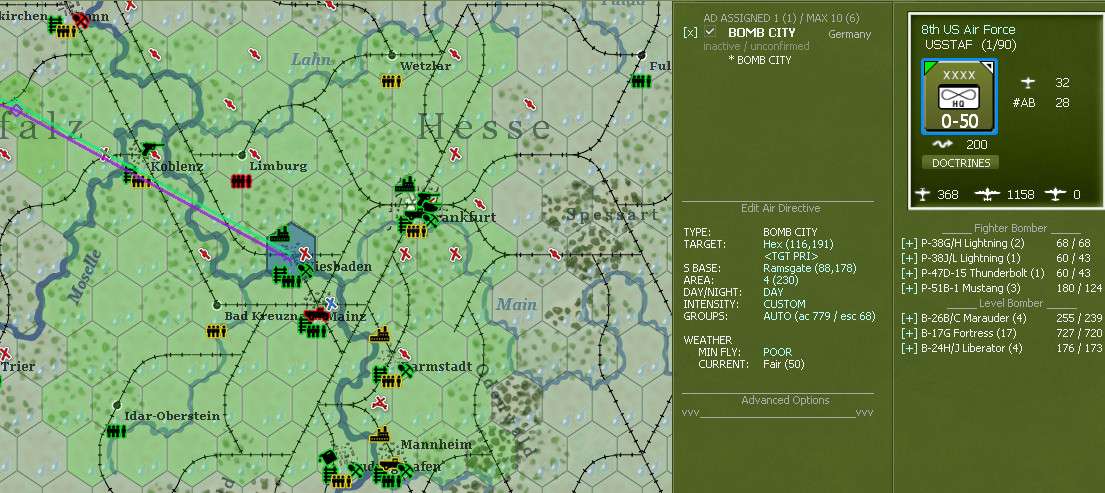
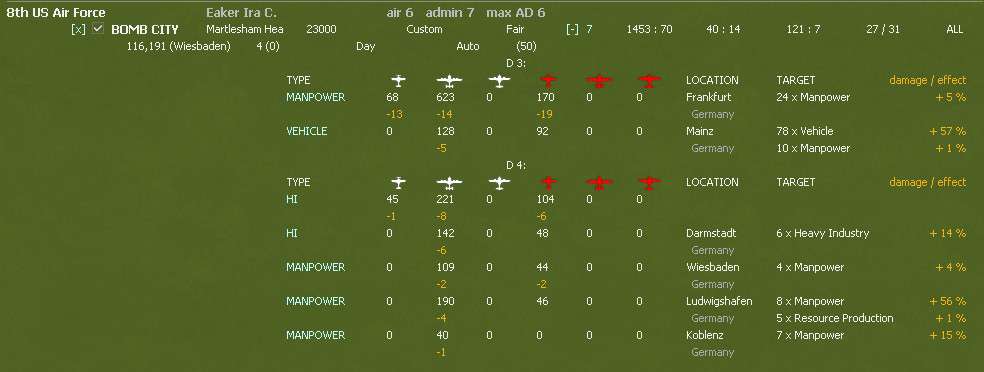

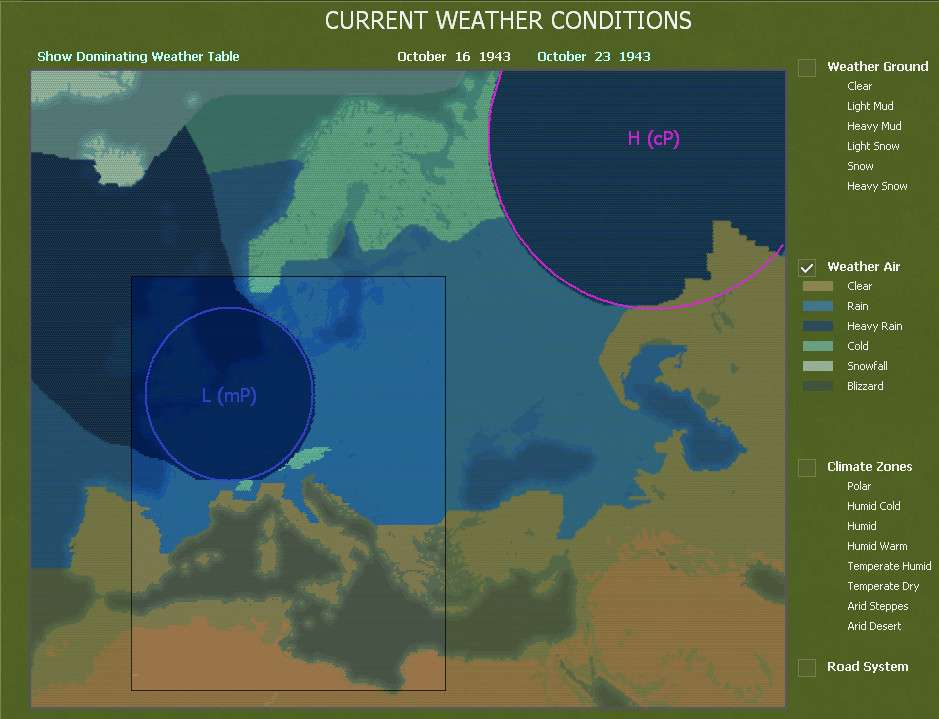
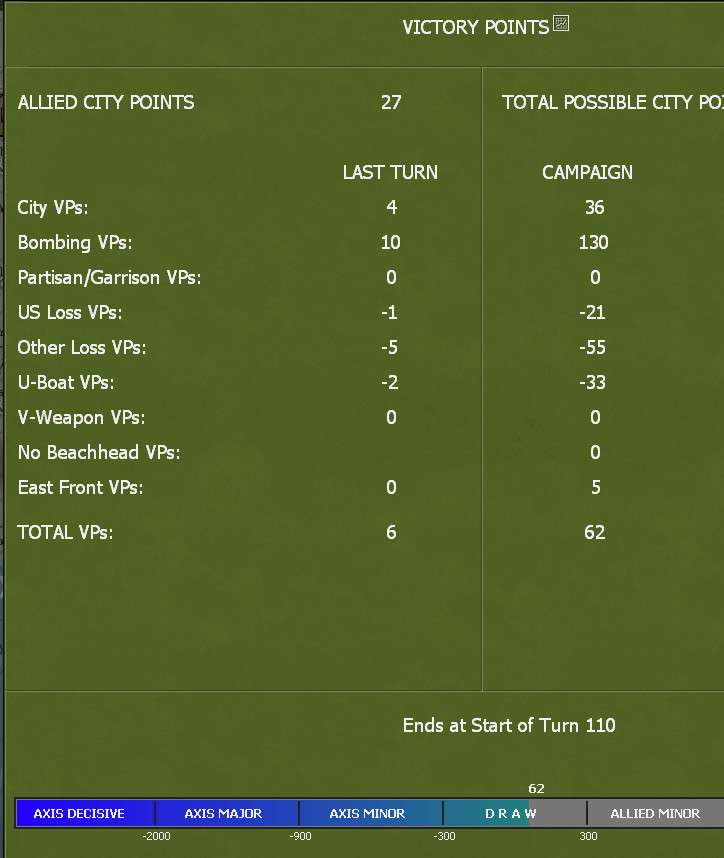
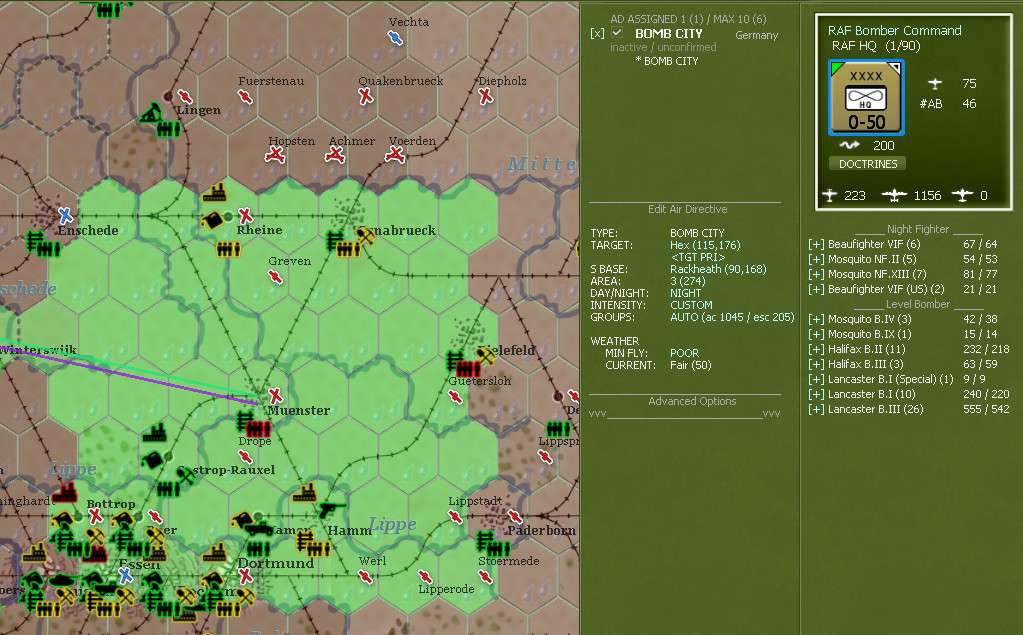
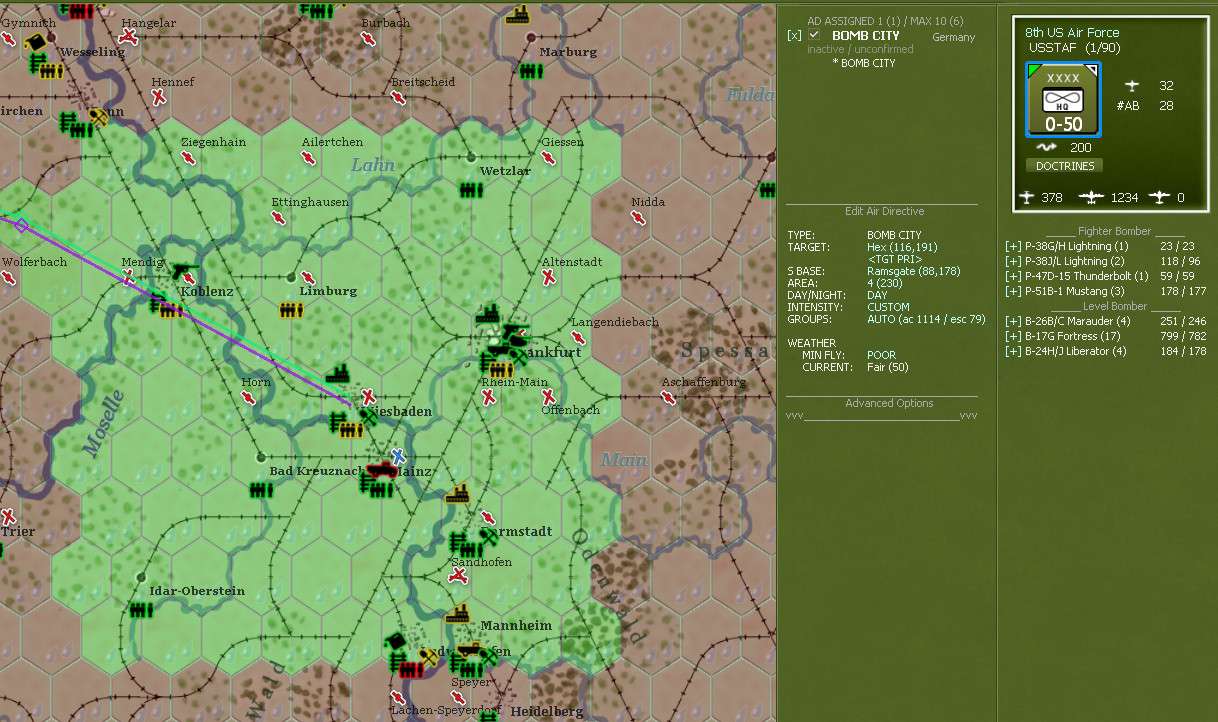
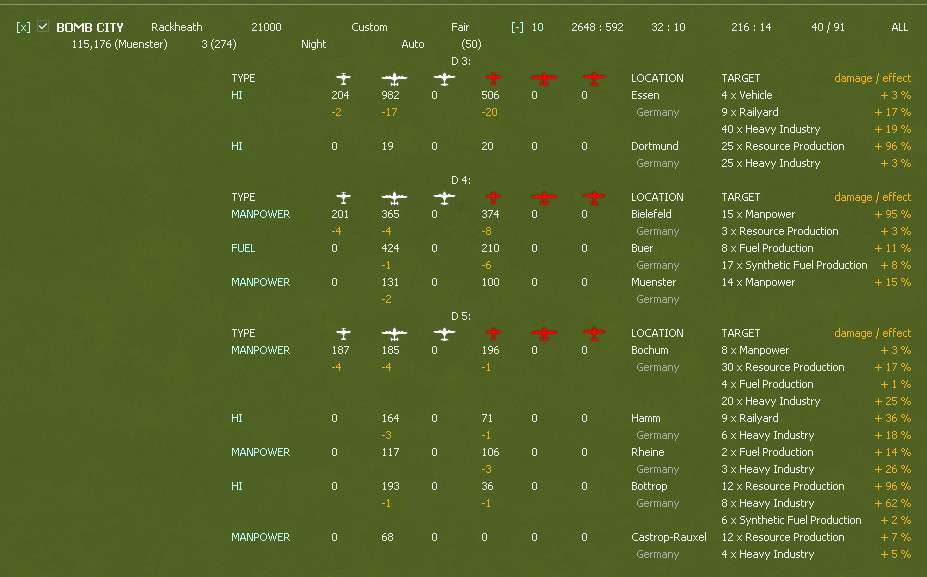
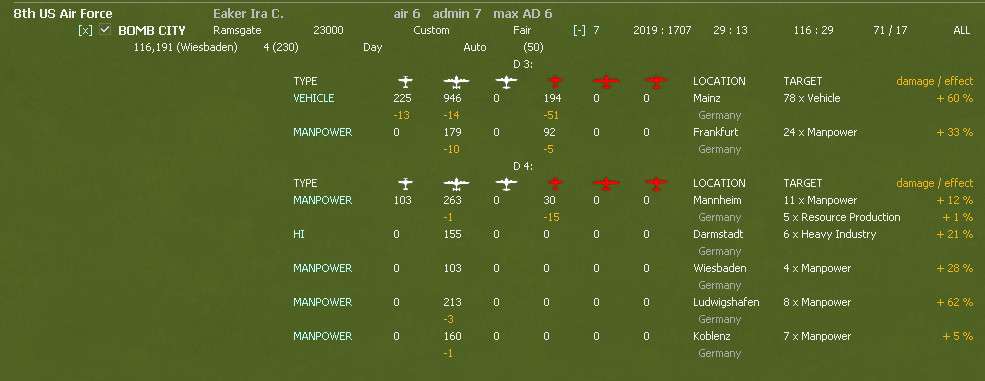
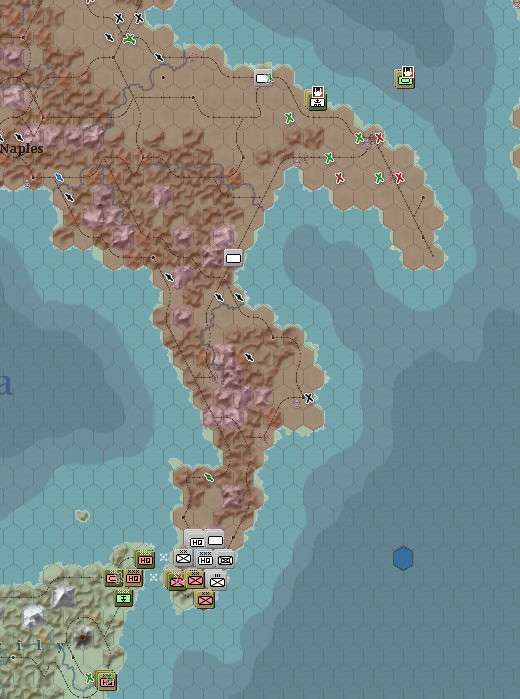
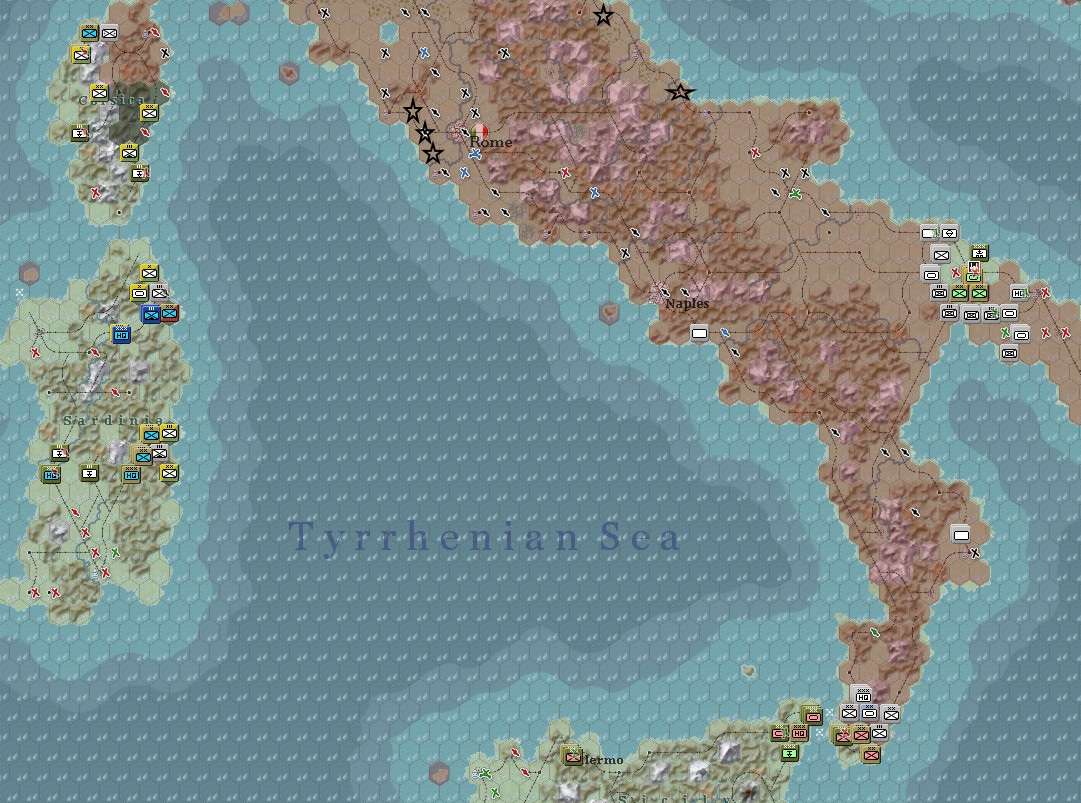
 New Messages
New Messages No New Messages
No New Messages Hot Topic w/ New Messages
Hot Topic w/ New Messages Hot Topic w/o New Messages
Hot Topic w/o New Messages Locked w/ New Messages
Locked w/ New Messages Locked w/o New Messages
Locked w/o New Messages Post New Thread
Post New Thread